We may earn money or products from the companies mentioned in this post. This means if you click on the link and purchase the item, I will receive a small commission at no extra cost to you ... you're just helping re-supply our family's travel fund.
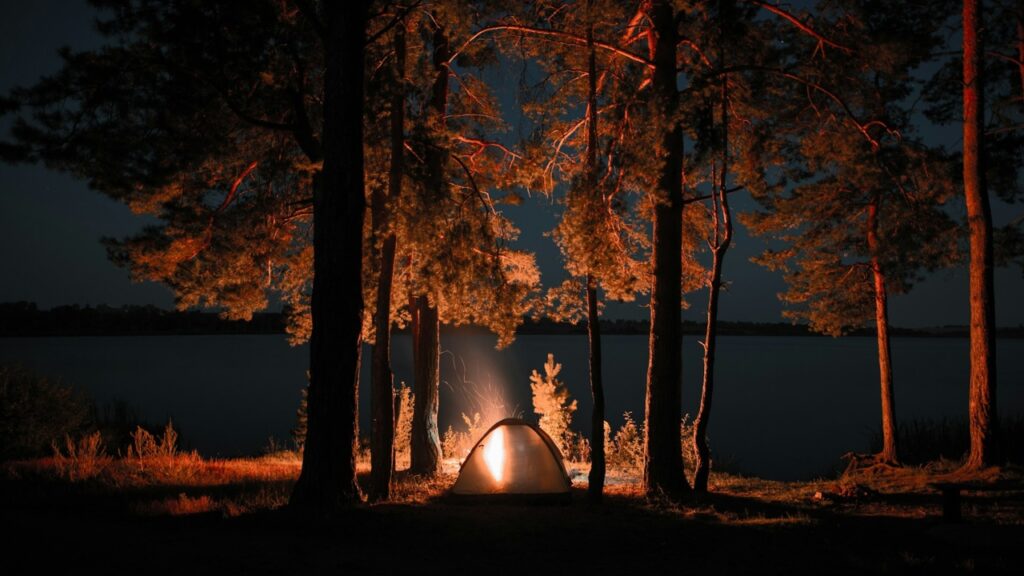
There is a unique sense of freedom that takes hold when you leave the pavement behind and enter a National Forest. These are not the structured landscapes of National Parks; they are rugged, working lands that invite a deeper, more self-reliant kind of exploration. But this wildness is not without rules. These regulations are not there to limit your adventure, but to protect the health of the forest and the quality of the experience for everyone. To be a good steward of these lands is to understand and respect their boundaries.
1. Overstaying Your Welcome
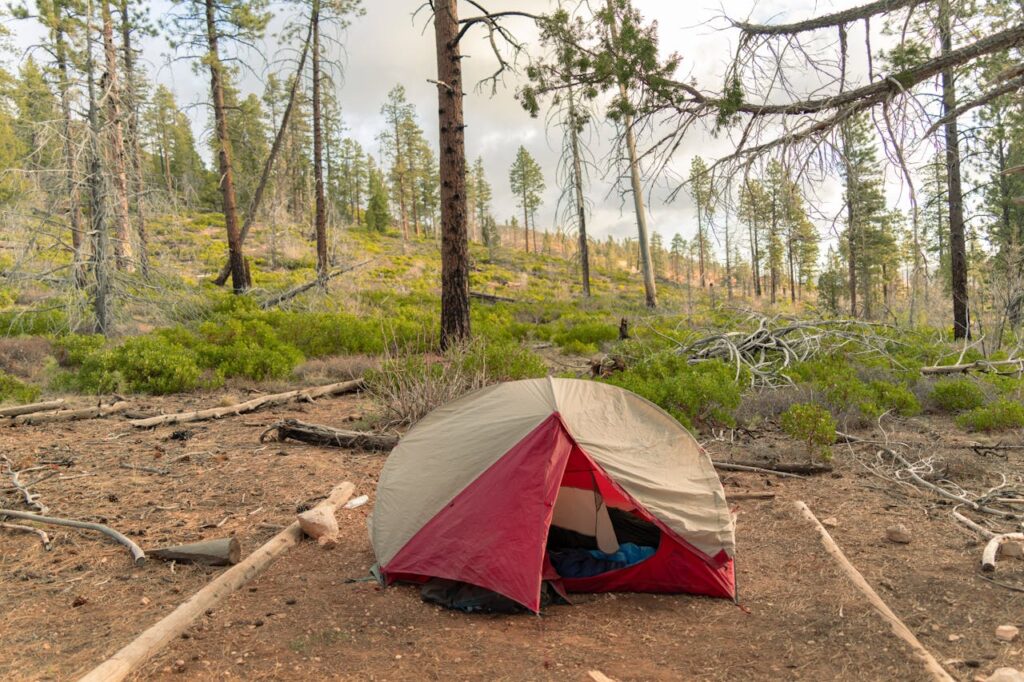
The dream of setting up a remote camp and living off the grid for a month is appealing, but it is also against the rules. Most National Forests have a 14-day stay limit for dispersed camping in any single 30-day period. This regulation is crucial for preventing permanent encampments, which can damage the land, pollute water sources, and create social problems. It ensures that these beautiful, free sites remain available for everyone to enjoy. After two weeks, you must move your camp.
2. Building a New Campfire Ring
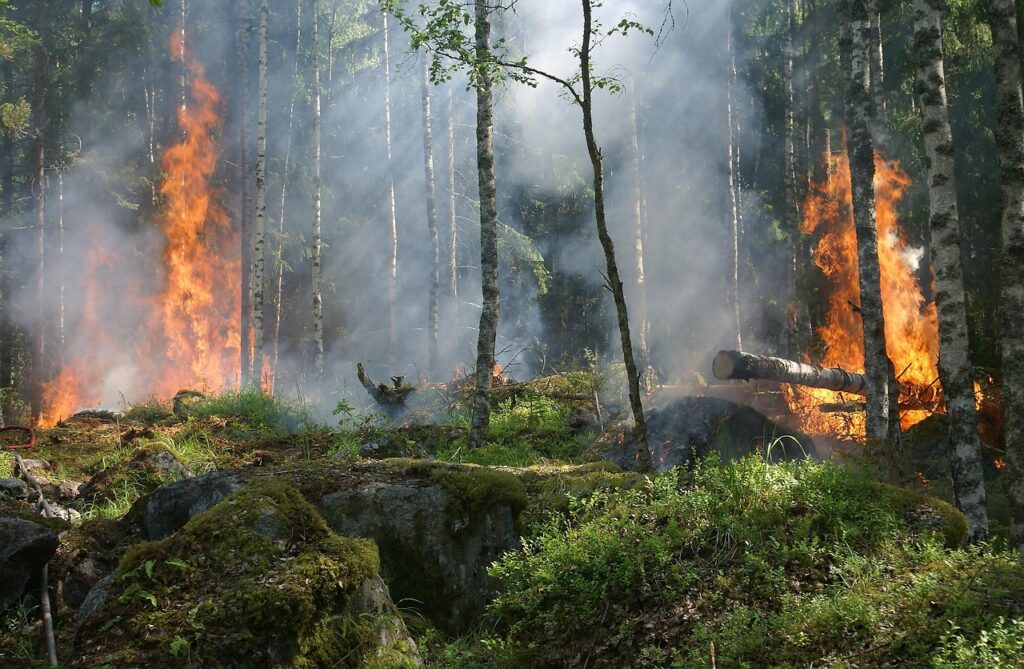
That perfect, secluded campsite might be missing just one thing: a stone fire ring. You must resist the urge to build a new one. Creating new fire pits scars the landscape, damages the soil, and leads to a proliferation of ugly, blackened rings that detract from the natural beauty. You should only use existing, established fire rings for your campfire. If a designated site has no ring, it is a clear sign that you should be using a camp stove or a portable fire pan instead.
3. Cutting Down Trees, Even Dead Ones
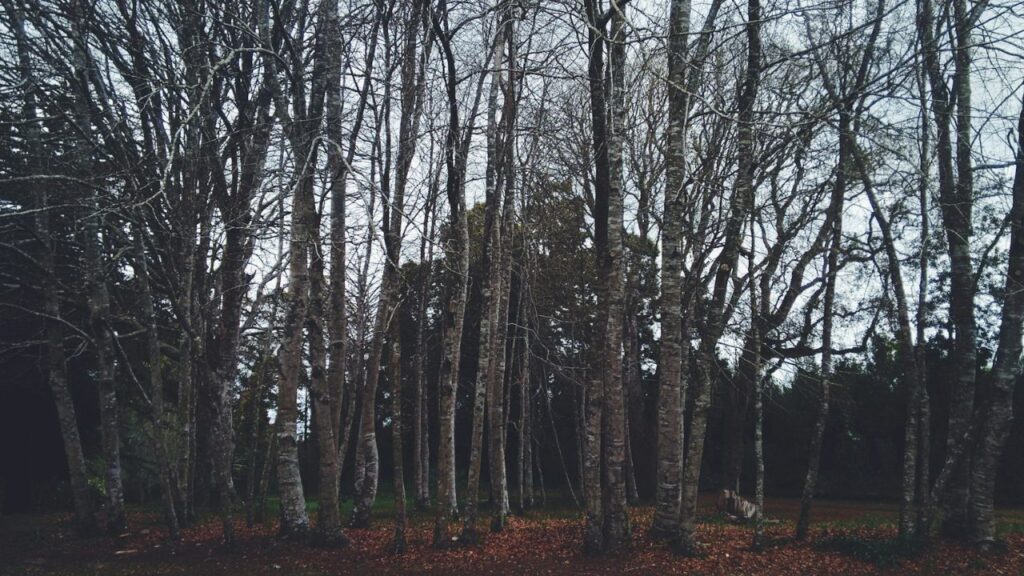
A standing dead tree, often called a “snag,” may look like perfect, pre-seasoned firewood, but it is a vital and protected part of the forest ecosystem. These trees provide crucial habitat for countless species, from woodpeckers and owls to squirrels and beneficial insects. Cutting them down is illegal and disrupts the natural cycle of the forest. You are generally permitted to gather dead and downed wood from the forest floor, but you must never cut a standing tree.
4. Leaving Your Gear Unattended for Too Long

It can be tempting to “claim” a prime dispersed campsite by leaving a tent, a cooler, or a few chairs there for several days before you actually plan to stay. This is considered an illegal occupation of the site. Federal regulations prohibit leaving personal property unattended for more than 72 hours in most forests. This rule is in place to prevent people from monopolizing popular spots and to ensure fair and equitable access for all visitors seeking a place to camp.
5. Dumping Greywater on the Ground

Doing your dishes or washing up at your campsite generates “greywater.” While it may seem harmless compared to sewage, this water contains soaps, food particles, and bacteria that can pollute local water sources and attract bears and other animals. It is illegal to dump greywater directly onto the ground or into rivers and lakes. The proper method is to collect your greywater, strain out food scraps, and then disperse the strained water over a wide area far from any water source.
6. Flying a Drone Without Checking First

Unlike National Parks, where drones are almost universally banned, the rules in National Forests are more nuanced and location-specific. Drones are generally allowed in most areas, but you are not permitted to fly them in designated Wilderness Areas. You also cannot use a drone in a way that harasses wildlife or interferes with official operations like firefighting, which carries a massive fine. Always check the specific regulations for the forest you are visiting before you launch.
7. Blocking Roads or Gates

When you find the perfect spot for your campsite just off a forest service road, be extremely mindful of where you park your vehicle. It is illegal to block any road, trail, or gate, even if it looks like it has not been used in years. These access points are critical for Forest Service personnel, emergency responders, ranchers with grazing permits, and other visitors. Always ensure your vehicle is pulled completely off the road, allowing enough space for a large truck to pass.
8. Foraging Commercially Without a Permit

National Forests are a paradise for foragers, offering a seasonal bounty of mushrooms, berries, and other wild edibles. Foraging for your own personal use is typically allowed and even encouraged as a way to connect with the land. However, if you plan to harvest large quantities of these resources with the intent to sell them, you are engaging in a commercial activity. This requires a specific permit from the local Ranger District to ensure a sustainable harvest.
9. Setting Off Fireworks
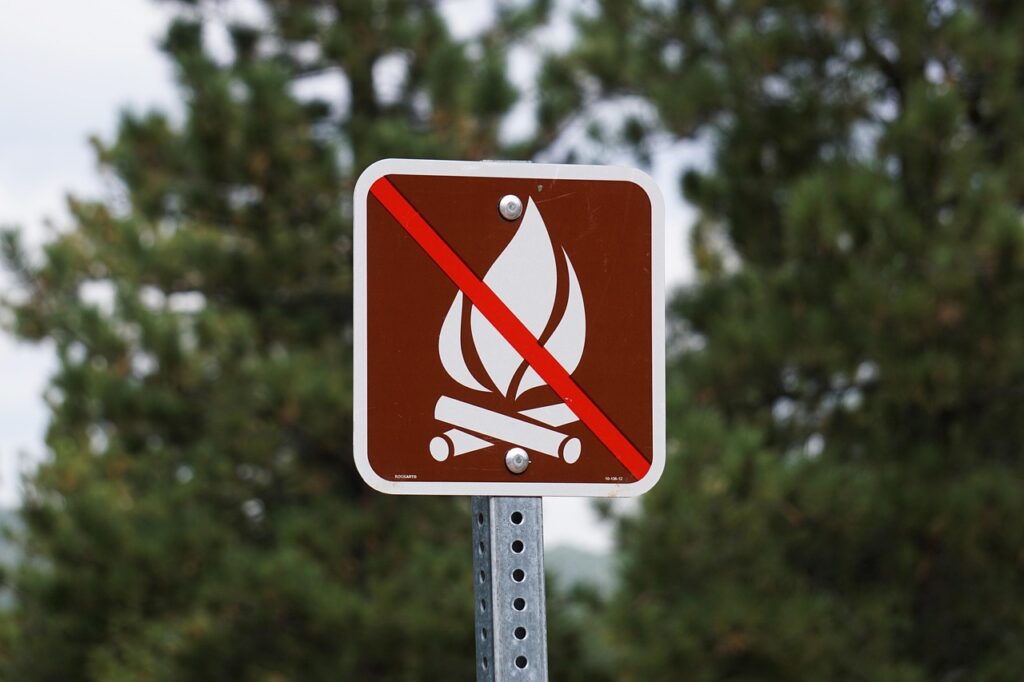
This should go without saying, but it is one of the most critical and frequently violated rules. It is absolutely illegal to possess or use any kind of firework or other pyrotechnic device in a National Forest. The risk of sparking a catastrophic wildfire is simply too high, especially in the dry conditions of the West. A single stray spark from a firecracker can ignite a blaze that destroys thousands of acres of forest and endangers countless lives.
10. Damaging Natural Features
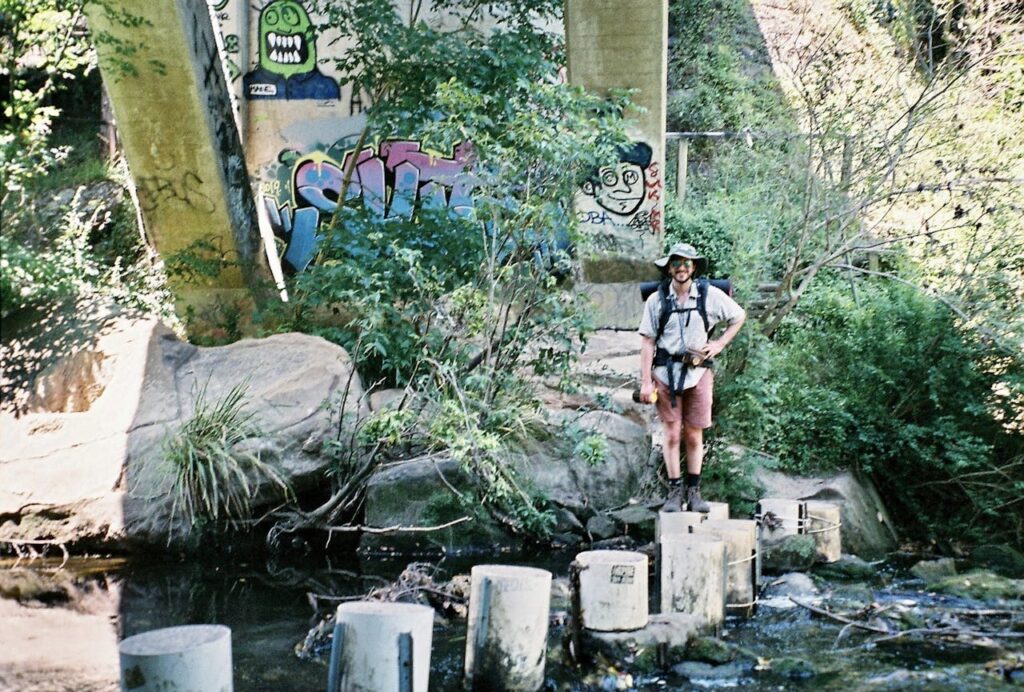
The foundational principle of visiting any wild place is to leave it exactly as you found it. It is illegal to deface or damage any natural feature in a National Forest. This includes carving your initials into a tree, painting on rocks, digging trenches, or damaging cave formations. These are not harmless acts; they are federal offenses that scar the landscape and diminish the experience for every visitor who comes after you. Take only pictures, and leave only footprints.
11. Discharging a Firearm Recklessly

Target shooting is a legal and popular recreational activity in many National Forests, but it is governed by strict safety rules that cannot be ignored. It is illegal to discharge a firearm in or within 150 yards of a residence, building, campsite, or other occupied area. You are also strictly prohibited from shooting across a road or body of water. Always be absolutely certain of your target and what lies beyond it to ensure the safety of all forest users.